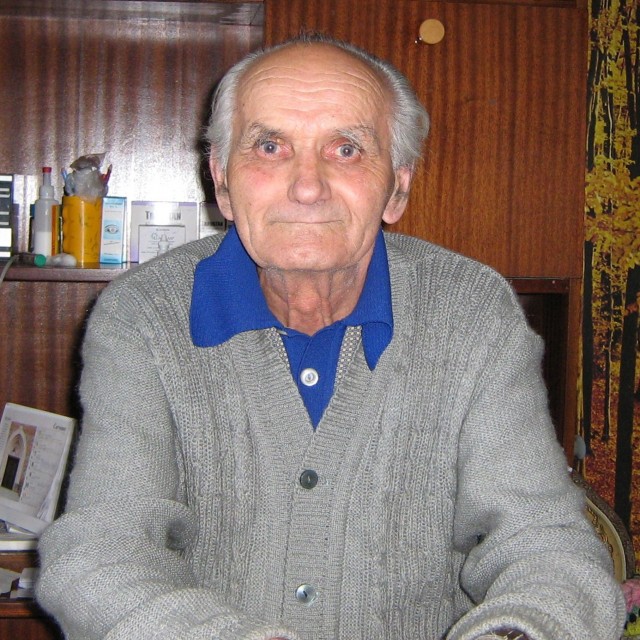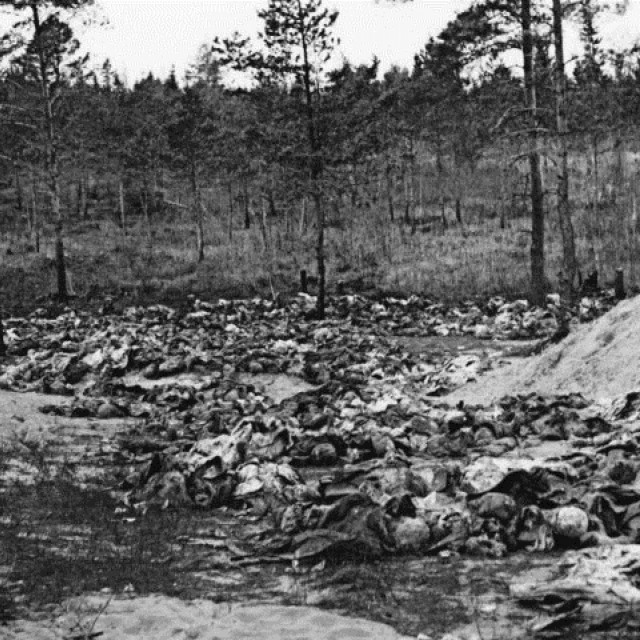The telephone line in the Katyn forest
Bedřich Hubáček originates in the Hlučínsko region and thus he had to automatically enlist in the Wehrmacht after the region had been annexed by the Third Reich. He was assigned to be a driver for the 1st company of the 22nd Luftnachrichten regiment, and sent to the front lines in Smolensk. In August 1943, during the restoration of a telephone line in the Katyn forest, he witnessed the exhumation of dead Polish prisoners of war. "We came to the gate and there was a captain standing guard with a machine gun. He said: 'Where are you heading?' We asked him if he would let us go inside that area. He said that he wasn’t allowed to let anyone in here. We explained to him that we were fixing a broken telephone line, a part of which was located inside the area he was guarding, and that we needed to take a look at it. So he let us in. We walked inside and all around us were sort-of doctors in white coats with a red cross on a badge placed on their sleeves. We thought they were Russians, but they spoke German. We came a little closer and saw a hole in the ground, about ten meters wide and thirty meters long. It was a mass grave that they had uncovered. The corpses lay stacked in it like sprats. They were pressed one to another. The doctors had a long stick with a hook on the end which they used for pulling up the bodies out of the grave one at a time. Two others then searched the pockets of the dead, looking for documents, knives and similar things which were then put into bags. After this, they buried the dead again in another grave that had been dug by an excavator on the other side," recalled Hubáček.
Hodnocení
Hodnotilo 0 lidí
Routes
Not a part of any route.
Comments
No comments yet.



